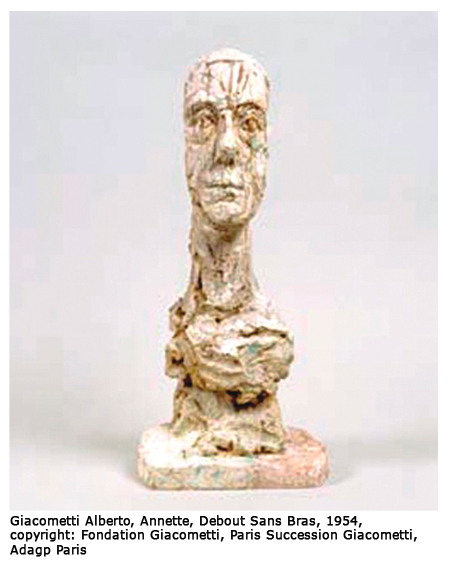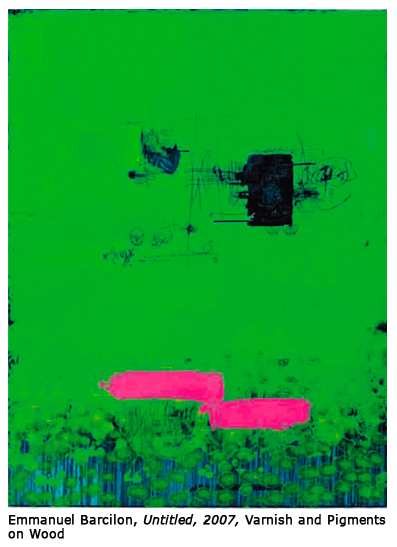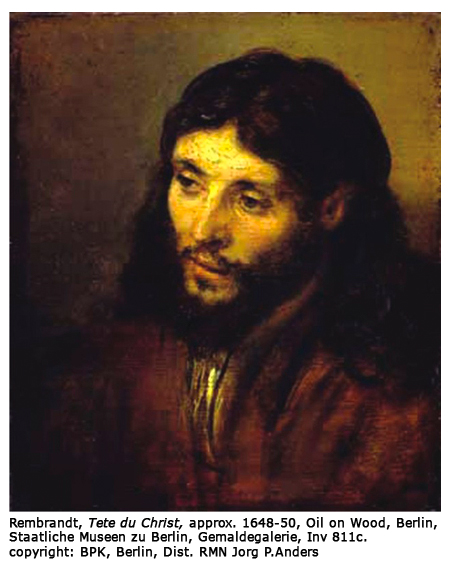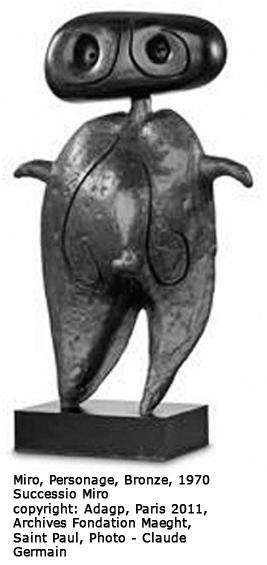- Publisher's Note
- Editorial
- In Conversation with Kanishka Raja
- Definitional Lack in an Inclusive World: Cutting Edge as Responsible Art
- Democratization Through Cutting Edge Art
- Mumbai for Cutting Edge
- Moments in Time (And a Little While After)
- In Transition
- Tip of Our Times
- Srishti School of Art, Design and Technology – A Cradle for Creative Excellence
- Cutting the Edges of Architecture
- Overview Cutting Edge
- The Matter Within: New Contemporary Art of India Featuring Photography, Sculpture and Video
- Generation in Transition: New Art from India
- Indian Master Painters at India Art Festival
- Life, Luxury & the Avant-Garde
- Mother India: The Goddess in Indian Painting
- The Last Harvest: Paintings of Rabindranath Tagore
- Asia Society Museum Presents Exhibition of Rabindranath Tagore's Paintings and Drawings
- Stieglitz and his Artists: Matisse to O'Keeffee
- Beauty of Unguarded Moments
- Across Times, Across Borders: A Report on the Chinese Art Exhibition
- A Summer in Paris
- Random Strokes
- The Emperor’s New Clothes and What It Really Means
- Understanding Versus Adulation
- What Happened and What’s Forthcoming
- Occupy Wall Street, The New Economic Depression And Populist Art
- Unconventional with Witty Undertones
- Narratives of Common Life and Allegorical Tales In Traditional and Modern Forms the Best of Kalighat 'Pats'
- Colours of the Desert
- Unbound
- I Am Here, An Exhibition of Video Self Portraits at Jaaga
- Staging Selves: Power, Performativity & Portraiture
- Venice Biennale Outreach Programme A Circle of Making I and II
- Cartography of Narratives, Contemplations on Time
- Joseph Kosuth: The Mind's Image of Itself #3' A Play of Architecture and the Mind
- Maharaja: Reminiscing the Glorious Past
- Art from Thirteen Asian Nations
- Tibetan Arms and Armor at Metrpolitan Museum of Art
- The Art of Poster Advertisement
- Unusual Angles and Facets of Museum Buildings
- Elegant Fantasies
- Art Collection and Initiatives
- Art Events Kolkata
- Mumbai Art Sighting
- Art Bengaluru
- Musings from Chennai
- Preview
- In the News
ART news & views
A Summer in Paris
Volume: 4 Issue No: 22 Month: 11 Year: 2011
Etc, Etc.
by Franck Barthelemy
Paris. A summer in Paris is always a great opportunity to wander in almost deserted streets. When tourists flock at the famous spots and queue in front of the Eiffel tower, when Parisians go South to burn their white skin on crowded beaches, city lovers are in heaven. They can walk and cycle freely. They can park their cars without stress. They can hop from open air movie theatres to concert pavilions or from museums to galleries. And guess what I found this year; a bit of India. Several artists showed their works at private galleries. To quote a few, Shantamani and Chandramohan were at Galerie Benamou, Bharti Kher at Galerie Emmanuel Perrotin, Anish Kapoor at Galerie Kamel Mennour. Looking at the crowd the day of the opening, all of them made a very positive impact on the spoiled Parisian viewers. Hats off!
 Obviously, there was the much expected and talked about exhibition Paris-Delhi-Bombay … at the Pompidou Centre. The art circles were talking about this exhibition since 2007. It was said to be postponed a couple of times. Sponsors came in and out. Finally, the Pompidou centre put the show together. About 30 Indian artists and 20 French artists were to give their views about India. They did. But I found there too many stereotypes! There was no dialogue between the Indians and the French. It was a juxtaposition of many interesting works taken individually. Put together, it was a very crammed show. Though many tags showed 2011, I had a severe feeling of déjà vu. Forgive me to use the title of Subodh Gupta's exhibited work to describe the exhibition: a big Ali Baba's cavern!
Obviously, there was the much expected and talked about exhibition Paris-Delhi-Bombay … at the Pompidou Centre. The art circles were talking about this exhibition since 2007. It was said to be postponed a couple of times. Sponsors came in and out. Finally, the Pompidou centre put the show together. About 30 Indian artists and 20 French artists were to give their views about India. They did. But I found there too many stereotypes! There was no dialogue between the Indians and the French. It was a juxtaposition of many interesting works taken individually. Put together, it was a very crammed show. Though many tags showed 2011, I had a severe feeling of déjà vu. Forgive me to use the title of Subodh Gupta's exhibited work to describe the exhibition: a big Ali Baba's cavern!
I much more enjoyed the intimacy and delicacy of the Musée Guimet's exhibition, Une Cour Royale en Inde :1 Lucknow. Through paintings, watercolours, prints, photographs, cloth or jewelleries, the curators manages to render the flavour of the 18th century Luknow, the opulent city of the Nawabs, where a mixed and diverse society flourished. Soon after 1739, when Delhi entered a period of unrest, the city became a refuge for the artists, travellers and diplomats from all over India. I could see beautiful photographs & prints by Emily Eden, William Hodges, Daniel Thomas or Samuel Bourne and suddenly remembered the exhibition organized by Tasveer earlier this year. My attention got caught by the Ishqnamah of Wajid Ali Shah, or the Book of Love. A treasure made of miniatures and poems. Exquisite!
 When I saw Rembrandt's name on the Louvre's programme I could not resist and had to go for it. He is my favourite painter (who would not like his works?) and I consider him the master of light. In Rembrandt et la figure du Christ :2 the curators demonstrate how the artist challenged the ideal representation of the Christ, a representation imposed by the Church over the centuries. Rembrandt decided to encapsulate in his works the emotions suggested by the Christ to his followers. The key word is emotion: humility, gentleness, compassion, vulnerability, doubt, suffering. The Christ's body becomes the recipient of the emotions. Being the unique narrator that he is, Rembrandt also managed to make us perceive these emotions through other characters surrounding the Christ. The exhibition was a rare opportunity to learn about the artist's sophistication.
When I saw Rembrandt's name on the Louvre's programme I could not resist and had to go for it. He is my favourite painter (who would not like his works?) and I consider him the master of light. In Rembrandt et la figure du Christ :2 the curators demonstrate how the artist challenged the ideal representation of the Christ, a representation imposed by the Church over the centuries. Rembrandt decided to encapsulate in his works the emotions suggested by the Christ to his followers. The key word is emotion: humility, gentleness, compassion, vulnerability, doubt, suffering. The Christ's body becomes the recipient of the emotions. Being the unique narrator that he is, Rembrandt also managed to make us perceive these emotions through other characters surrounding the Christ. The exhibition was a rare opportunity to learn about the artist's sophistication.
 I crossed the river Seine and I jumped two centuries ahead with L'Invention de l'Oeuvre, Rodin et les Ambassadeurs :3. The exhibition explores how Rodin's body of works have been visited and revisited by the contemporary artists (post 1945). The curators managed to talk about the material confronted with the different sculpture techniques: flattening, polishing, assembling or modelling. They associated works of Beuys, Giacometti, Arp or Fisher with some of the most famous Rodin's sculptures. We were up for a few surprises … but I suppose this is what I like. I have to admit I also like the Rodin museum's rose garden!
I crossed the river Seine and I jumped two centuries ahead with L'Invention de l'Oeuvre, Rodin et les Ambassadeurs :3. The exhibition explores how Rodin's body of works have been visited and revisited by the contemporary artists (post 1945). The curators managed to talk about the material confronted with the different sculpture techniques: flattening, polishing, assembling or modelling. They associated works of Beuys, Giacometti, Arp or Fisher with some of the most famous Rodin's sculptures. We were up for a few surprises … but I suppose this is what I like. I have to admit I also like the Rodin museum's rose garden!
 Before going back to India, I was enjoying a walk in Paris and a huge blue poster caught my attention: Miro Sculpteur. Of course Miro was a sculptor! I thought. But I did not know he was so good and so revolutionary a sculptor before I visited this exhibition. You probably know him for his drawings and paintings, don't you? I now know him for his bronzes of women and birds or birds and women. Miro seems to have developed a passion for them. For the women, the male readers can understand. For the birds, Miro once said: the bird might come from what I love a lot: space; and the bird makes me think about space. There is no doubt about the feeling of freedom and space in this exhibition. It is worth noticing that most of the works are from the Marguerite and Aimé Maeght foundation, the sponsors who offered the artist the opportunity to create for them for the first time in the artist's career a garden of monumental sculptures at the foundation in Vence (France). I suppose it feels good to be free!
Before going back to India, I was enjoying a walk in Paris and a huge blue poster caught my attention: Miro Sculpteur. Of course Miro was a sculptor! I thought. But I did not know he was so good and so revolutionary a sculptor before I visited this exhibition. You probably know him for his drawings and paintings, don't you? I now know him for his bronzes of women and birds or birds and women. Miro seems to have developed a passion for them. For the women, the male readers can understand. For the birds, Miro once said: the bird might come from what I love a lot: space; and the bird makes me think about space. There is no doubt about the feeling of freedom and space in this exhibition. It is worth noticing that most of the works are from the Marguerite and Aimé Maeght foundation, the sponsors who offered the artist the opportunity to create for them for the first time in the artist's career a garden of monumental sculptures at the foundation in Vence (France). I suppose it feels good to be free!
 My last stop was for a contemporary artist, Emmanuel Barcilon. Emmanuel took me to his studio, hidden in one of these courtyards the city reserves to a happy few. A shower of light! That's what I felt when I entered. His paintings are minimalist and graphic. Emmanuel applies layers of colours after layers of colours. It attracts the viewer the way a magnet attracts iron. The viewer can only emotionally dive into the work. Someone said Emmanuel recreated contemplation in contemporary art. It could well be true! A generous artist to follow up.
My last stop was for a contemporary artist, Emmanuel Barcilon. Emmanuel took me to his studio, hidden in one of these courtyards the city reserves to a happy few. A shower of light! That's what I felt when I entered. His paintings are minimalist and graphic. Emmanuel applies layers of colours after layers of colours. It attracts the viewer the way a magnet attracts iron. The viewer can only emotionally dive into the work. Someone said Emmanuel recreated contemplation in contemporary art. It could well be true! A generous artist to follow up.
This was my summer in Paris. You bet it will surprise me again in the coming years!
1.A Royal Court in India - Lucknow
2.Rembrandt and the Christ's Face
3.Works in Progress - Rodin and the Ambassadors